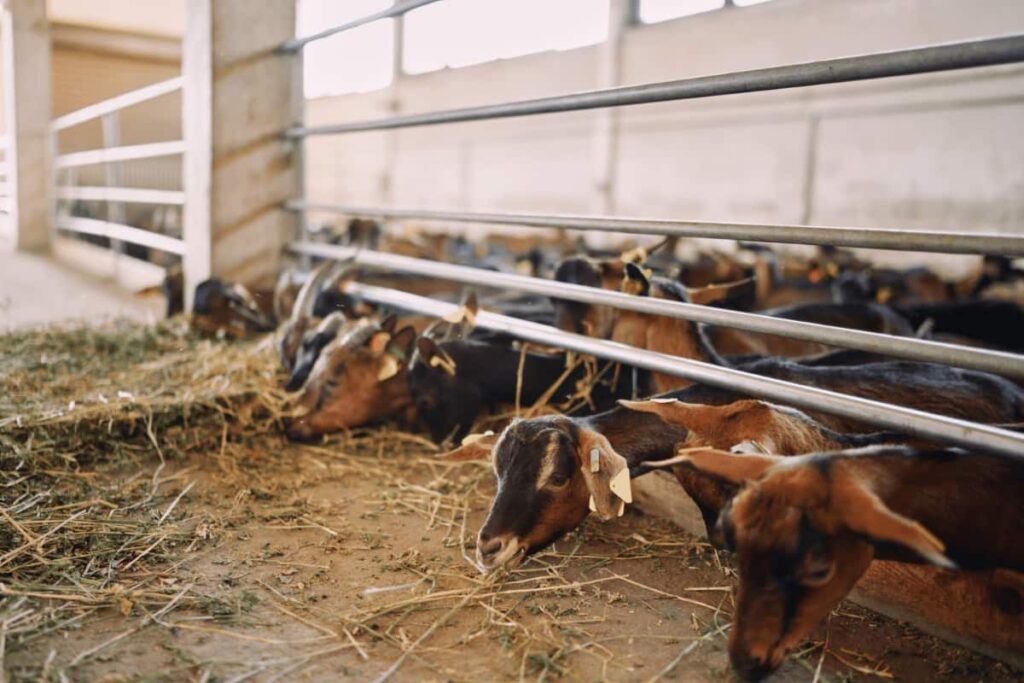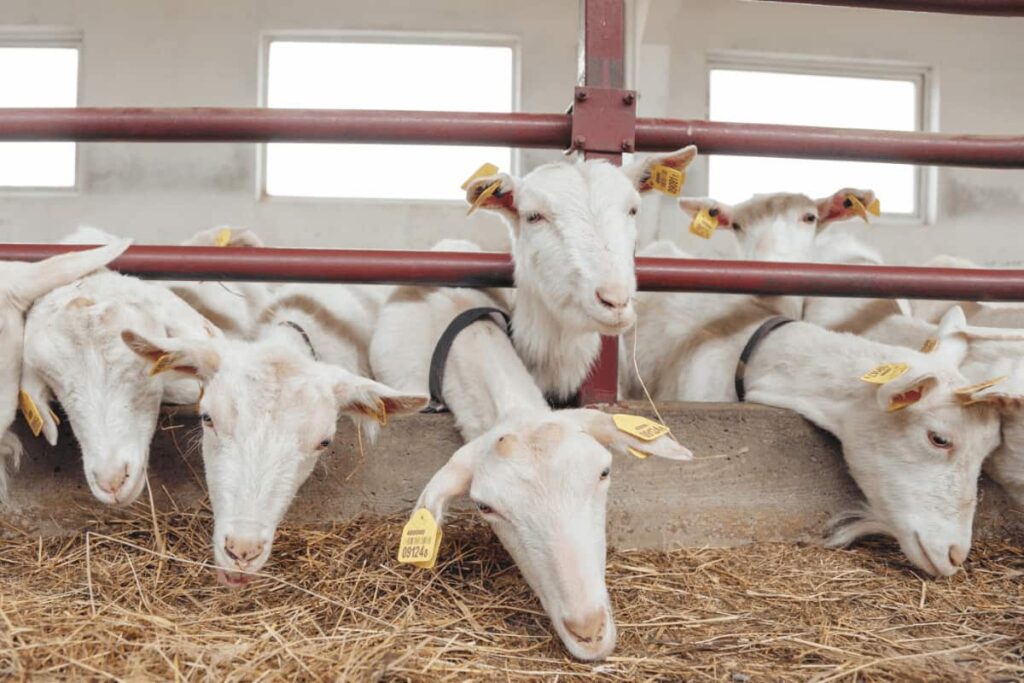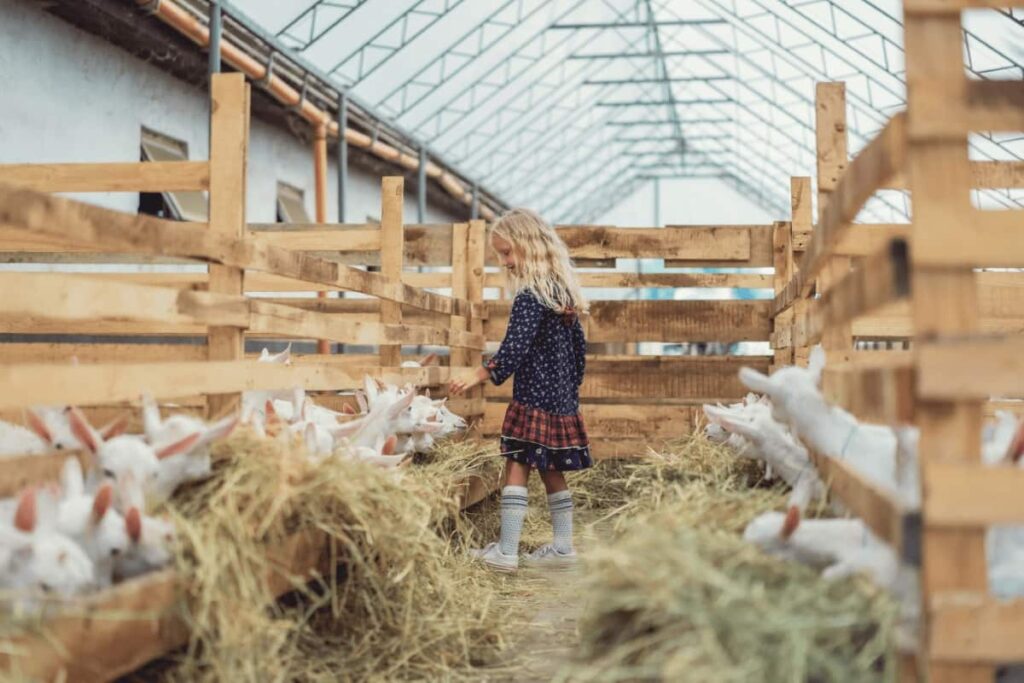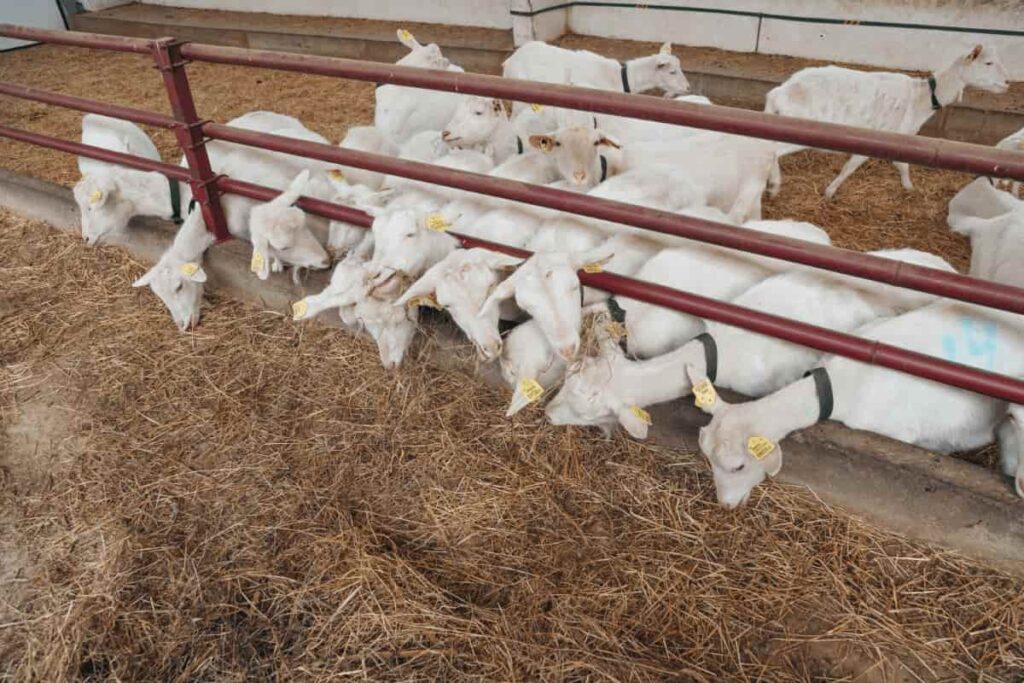Goat farming is the practice of raising goats for various purposes. It involves the rearing and managing goats for their meat, milk, fiber, and skin. Goats are versatile animals that can adapt to different climates and terrains, making them suitable for farming in various regions across Europe. Goats are highly adaptable animals that can thrive in diverse climatic conditions across Europe.

Goat Farming in Europe
Understanding the Goat Farming Industry in Europe
Goat farming has gained significant importance in Europe due to its numerous benefits. It is a sustainable agricultural practice and provides a lucrative business opportunity for farmers. The European market for goat products is growing steadily, with an increasing demand for goat milk, cheese, meat, and even fiber.
Acquiring Suitable Land and Infrastructure for Goat Farming in Europe
Goats require ample space to roam freely and graze, so choosing a location that provides enough room for them is essential. Consider the size of your goat farm. Determine how many goats you plan on raising and calculate the space required per goat. Next, look for land with good access to grazing areas or pastureland.
Ideally, you want an area with nutritious grasses where your goats can feed naturally. Additionally, having access to clean water sources nearby is vital for their hydration needs. You’ll need sturdy fencing around your property to keep predators out and goats safely contained within their designated areas.
Best Breeds to Start Goat Farming in Europe
Several breeds thrive in European climates and have proven profitable for farmers. The most popular goat breed in Europe is the Saanen. Known for their high milk production and docile nature, Saanens are an excellent choice for those wanting to focus on dairy farming. Their white or cream-colored coats make them easily recognizable. In addition to these popular breeds, other goat breeds used in Europe include Alpine, Toggenburg, Poitevine, Anglo-Nubian, and La Mancha.
Market Research and Feasibility Study for Goat Farming in Europe
In Europe, conducting thorough market research will help you understand the demand for goat products in your target area. This includes assessing the current market size, identifying potential customers, and analyzing competitors. During your feasibility study, assessing various factors that impact goat farming success is important. Consider factors such as climate suitability, availability of resources like land and water, infrastructure requirements for housing and milking facilities, and access to veterinary services.
In case you missed it: Record Keeping for Goat Farming: Tracking, Monitoring Practices for Your Goat Farm

Developing a Comprehensive Business Plan for Goat Farming in Europe
Developing a comprehensive business plan will serve as your roadmap, outlining all the necessary details and strategies to ensure the success of your venture. You need to identify your target market and conduct thorough market research. Understand the demand for goat products in Europe and analyze potential competitors.
Next, outline your goals and objectives for the business. Consider investing in good quality breeding stock, considering factors such as breed suitability for European conditions and product demand. Create detailed financial projections, including start-up costs, operational expenses (feed costs, labor costs), expected revenue streams, and anticipated profit margins.
Securing the Necessary Licenses and Permits for Goat Farming in Europe
The first thing you need to do is research the specific licensing requirements in your Europe. Each European country may have its own rules regarding goat farming, so it’s important to familiarize yourself with them. Contact local agricultural authorities or visit their websites to gather all the relevant information.
Typically, you must obtain permits related to animal husbandry, land use, environmental impact assessment (EIA), and water usage. These permits ensure that you meet certain standards for maintaining animal welfare, protecting natural resources, and minimizing environmental impacts. To acquire these licenses and permits successfully, you may need to submit documents such as property ownership papers, business plans outlining your intended practices, and veterinary records showing healthy goats’ care plan details.
Establishing a Goat Breeding Program in Europe
Breeding goats is an essential aspect of goat farming in Europe. It ensures the sustainability and growth of your farm by producing healthy and productive offspring. To establish a successful breeding program, you need to consider several factors. Select high-quality breeding stock that exhibits desirable traits such as good milk production or meat yield.
Implement a strategic breeding plan to optimize genetic diversity within your herd. This involves carefully selecting suitable mates based on their pedigree, performance records, and physical attributes. Regular veterinary care is crucial when establishing a goat breeding program.
Feeding and Nutrition Practices for Goats in Europe
Goats are ruminants, meaning they have a unique digestive system that requires high-quality forage as the foundation of their diet. This includes grasses, hay, and silage. In addition to forage, goats also need access to fresh water at all times.
Supplementing the diet with concentrates is important too. These can include grains like corn or barley and protein-rich sources such as soybean meal or alfalfa pellets. Furthermore, minerals and vitamins should be included in their diet through mineral blocks or specially formulated mineral mixes.
Disease Management in Your Goat Farm in Europe
Good biosecurity measures are essential to minimize the risk of diseases entering your farm. This includes limiting visitors, quarantining new animals, practicing proper hygiene, and regularly sanitizing equipment and facilities. Regular veterinary check-ups are also important for early detection and treatment of potential health issues. A professional veterinarian will provide guidance on vaccination schedules, parasite control, and general herd health management.
In case you missed it: 10 Common Mistakes to Avoid in Goat Farming: A Guide for First-Time Goat Farmers

Maintaining clean and hygienic living conditions for your goats is vital in preventing the spread of diseases. Educating yourself about common diseases affecting goats in Europe will enable you to recognize symptoms early on and take immediate action if needed. Common ailments include respiratory infections such as pneumonia or contagious ecthyma (orf), which causes lesions around the mouth area. By prioritizing disease management strategies like these on your goat farm in Europe, you’ll take proactive steps toward maintaining your herd’s overall health and productivity.
Marketing and Selling Your Goat Products in Europe
Understanding your customers’ preferences will help you tailor your marketing messages accordingly. Once you’ve identified your target market, it’s time to promote your products through various channels. Social media platforms can effectively work in selling your goat products. Collaborating with local restaurants or specialty stores is another way to expand your customer base. Consider offering them exclusive discounts or customized product options tailored to their needs.
Cost and Investment to Start a goat farm in Europe
The initial investment will vary depending on whether you start small with just a few goats or go for a larger-scale farm. Starting a goat farm in Europe requires careful planning and financial investment. The cost of setting up a goat farm in Europe can vary depending on various factors, such as the size of the farm, the type of goats you want to raise, and the infrastructure needed.
It’s important to note that these costs will differ for each European country due to variations in currency exchange rates. For example, in France, the average cost of setting up a small-scale goat farm can range from €10,000 to €20,000. In Germany, the initial investment may be slightly higher at around €15,000 to €30,000.
How Profitable Is Goat Farming in Europe?
Goat farming has become a lucrative business opportunity in Europe, with farmers reaping significant profits from this venture. Furthermore, government support is vital in promoting the growth of the goat farming industry in Europe by providing subsidies for infrastructure development and training programs for farmers. This assistance helps reduce initial investment costs while ensuring maximum returns on investment. Goat farming presents an excellent opportunity for entrepreneurs seeking profitable ventures in Europe’s agricultural sector.
Frequently Asked Questions on Goat Farming in Europe
What are the Basic Requirements for Starting a Goat Farm in Europe?
To start a goat farm, you’ll need suitable land with adequate pasture and shelter, fencing, and water supply.
Do I Need Any Special Equipment for Goat Farming?
While basic tools like fencing materials and feeding troughs are necessary, you don’t need elaborate machinery or equipment to start a small-scale goat farm. However, investing in milking machines and hoof trimmers can make certain tasks more efficient.
How Often Do Goats Need Veterinary Care?
Like any other livestock animal, regular veterinary care is important for maintaining your goats’ health. It’s recommended that they receive vaccinations against common diseases such as tetanus and clostridium perfringens type C&D annually.
In case you missed it: 9 Best Plants for Goats and a Few to Avoid

Conclusion
Goat farming has gained significant recognition due to its economic potential and sustainability. Europe has a long and rich history of goat farming, with the practice dating back centuries. Today, goat farming in Europe holds immense importance for various reasons. Due to its unique flavor profile, goat meat consumption has steadily increased in Europe.
- Types of Grass Growing for Goat Farm
- How to Train Goats for Milking: A Beginners Guide
- Goat Milking Practices and Equipment: A Beginner’s Guide
- Goat Farming for Fiber: Producing Mohair and Cashmere
- Maximizing Goat Milk Production: Tips for Dairy Goat Farmers
- Goat Farming as a Family Business: Strategies for Success
- Profitable Kenya Goat Breeds for Commercial Dairy and Meat Business
- Unlock the Secrets of Oberhasli Goat: Discover Raising and Management Practices
- Ultimate Guide to Myotonic Goats: Explore Profile to Raising